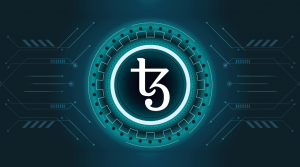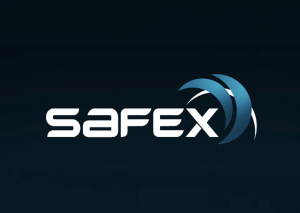Introduction
Sidechains are mechanisms that enable the transfer of existing tokens or digital assets from a blockchain platform to another blockchain platform. The tokens or digital assets can be transferred back to the original blockchain if required. The primary platform from which we transfer the assets is called the parent chain or main chain, while the other platform is called sidechain. Ardor blockchain calls the sidechain as childchain.
Sidechains have enormous potential to transform the existing issues of scalability in the blockchain platforms. The transfer need not be only digital assets or tokens, but we may transfer computing or for speeding purposes as well, depending on the processing requirements. We can have many sidechains for a single parent chain.
How do they work?
Sidechain is indeed a separate blockchain platform connected with the leading blockchain platform using a two-way peg. The two-way peg is a method to convert one digital token to another type of token like BTC to ETH. The two-way peg facilitates the transfer of digital assets at a predetermined rate. A user on the parent chain first sends coins to an output address so that they can be blocked.
To ensure that these coins aren’t spent elsewhere, a protocol is followed. Once the transaction is complete, the information is sent to all the chains. Some extra period is used to wait as well to increase security. Once this is done, the same number of coins are released in the sidechain for user access and spending. The same process can be repeated when the tokens are to be sent from sidechain to the main chain. Some other entities come into the picture to run the sidechains seamlessly. They are as below.
Federations
A federation can be called as a group or server which acts between the main chain and a side chain. The sidechain creators can decide federation members. They decide on when to lock the coins and release the coins for spending and vice versa.
Security
The core reason for anyone to move to the blockchain platform is security. So, one may question what about the security aspects in the sidechains. Even though they are connected, they are on their own in terms of security. Both platforms are individual blockchain platforms and are very secure individually.
Further, if there is any disturbance in one platform, the disturbance will not be carried out to the other. The sidechains use separate miners from the main chain. They are incentivized using merged mining. Merged mining refers to the mechanism of mining two or more cryptocurrencies at the same time based on the same algorithm.
Platforms using Sidechains
Rootstock or RSK
 RSK has two-way peg connectivity with the Bitcoin platform. RSK’s vision is to enable smart contracts functionality for bitcoin blockchain, increase scalability, thus faster transactions. Miners are rewarded through merged mining. As of now, the platform supports 100 TPS.
RSK has two-way peg connectivity with the Bitcoin platform. RSK’s vision is to enable smart contracts functionality for bitcoin blockchain, increase scalability, thus faster transactions. Miners are rewarded through merged mining. As of now, the platform supports 100 TPS.
Liquid
 Liquid sidechain proposes instant movement of funds between exchanges without waiting for the delay in confirmation from the bitcoin blockchain. This is the first commercial sidechain developed by Blockstream.
Liquid sidechain proposes instant movement of funds between exchanges without waiting for the delay in confirmation from the bitcoin blockchain. This is the first commercial sidechain developed by Blockstream.
Advantages of Sidechains
- Enhances the scalability of the mainchain, thus increasing the number of transactions per second.
- Need not create a sidechain again and again; once created, they can be used for any purpose.
- They enable the communication between two different coins, which helps in the testing of beta coins in the sidechain before the official launch.
Conclusion
The scalability issues of blockchain technology are addressed in different ways, but sidechains are very promising. The communication between two different cryptocurrencies paves ways to multiple features. Transactions costs and time will be reduced as the burden is less for the mainchain. The concept is going to create a massive change in the blockchain technology in the upcoming future.





